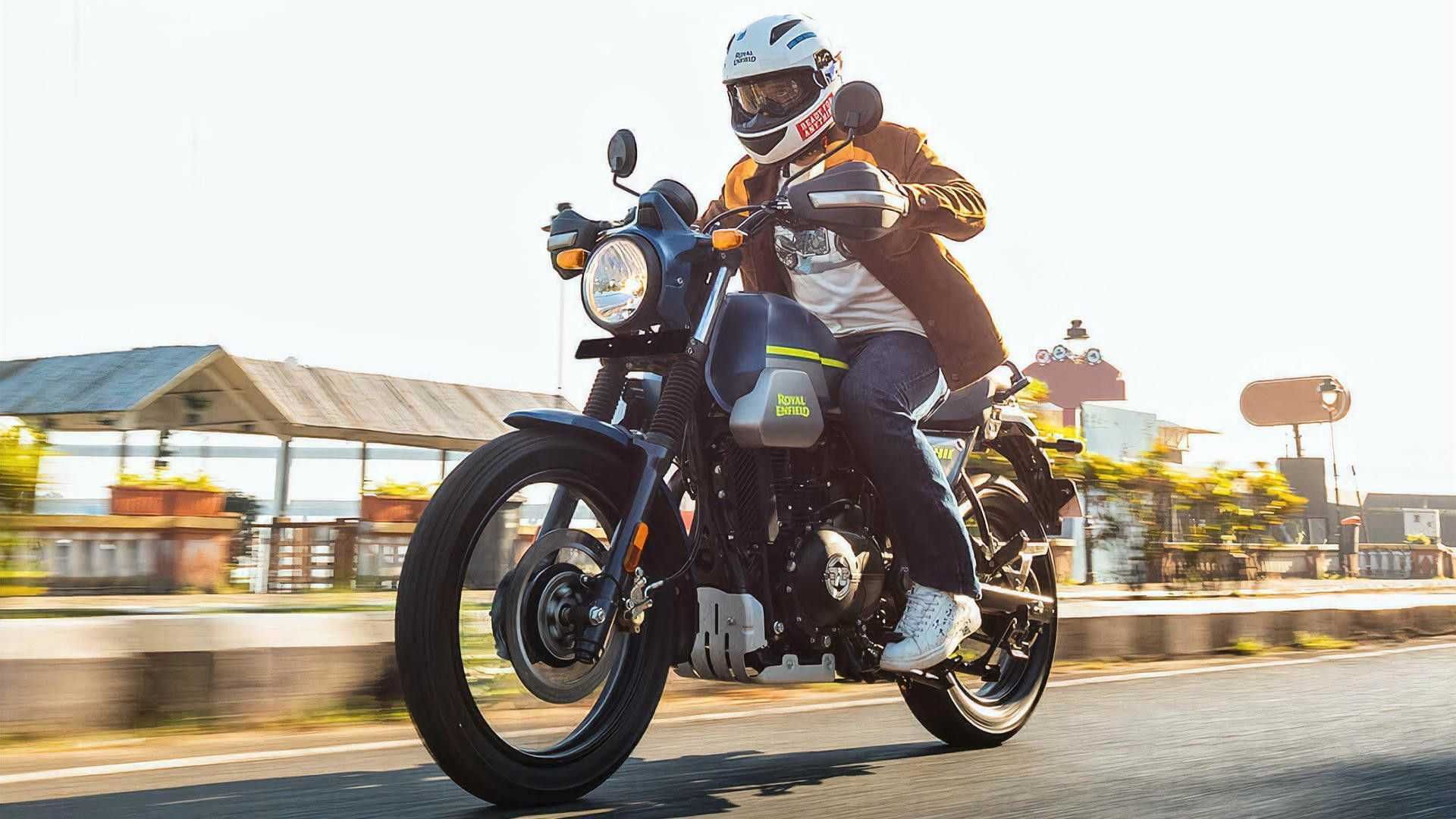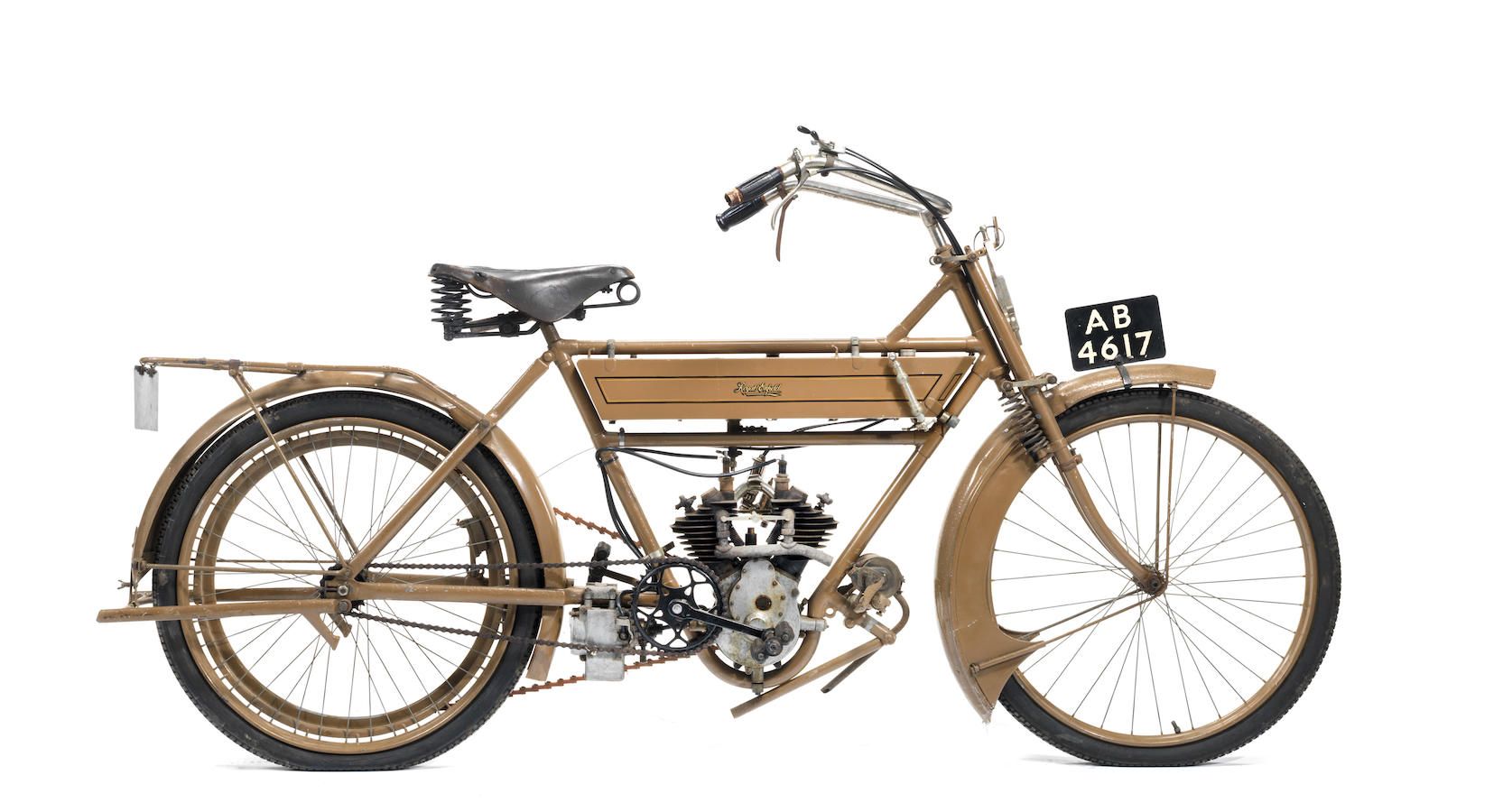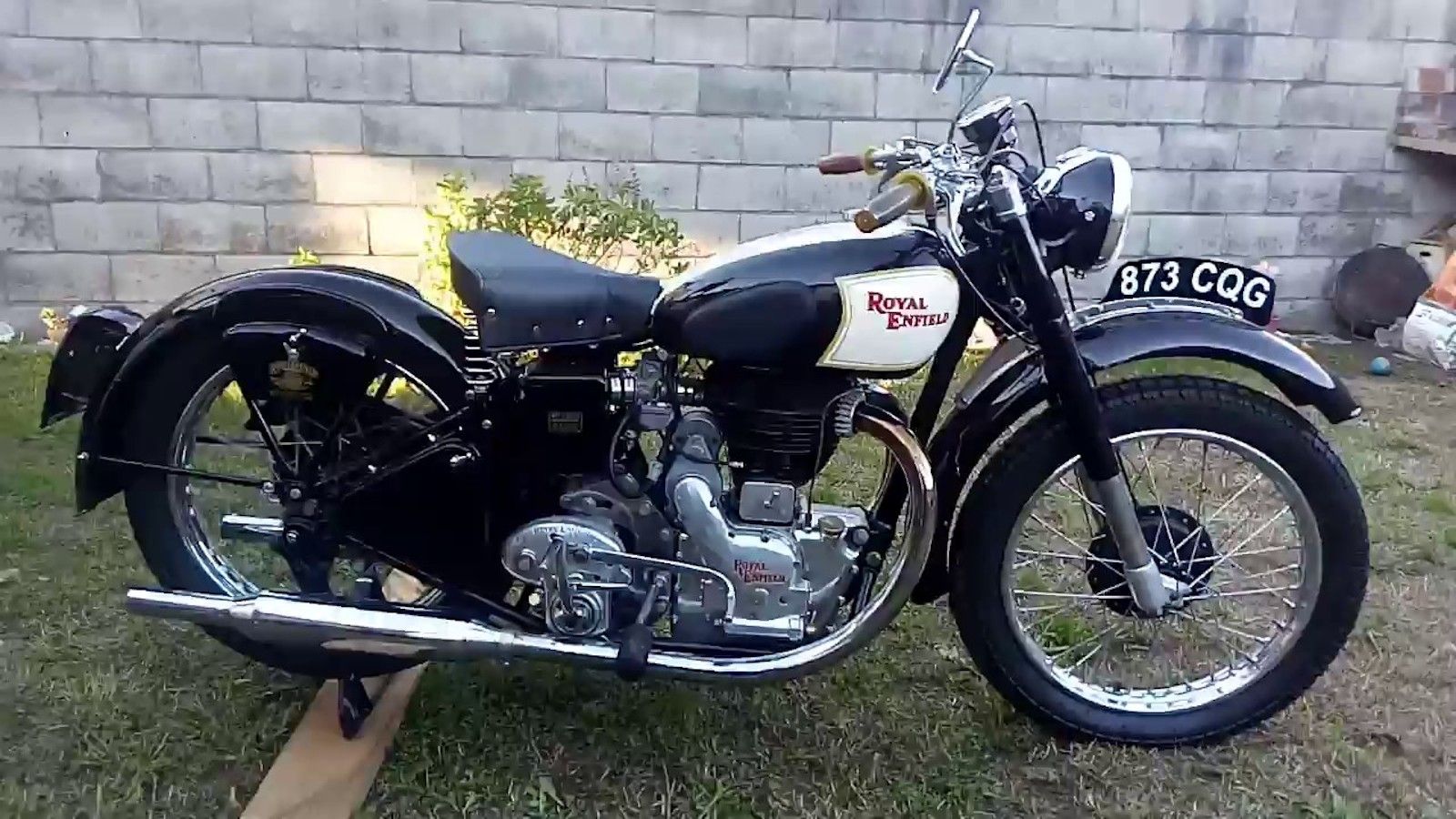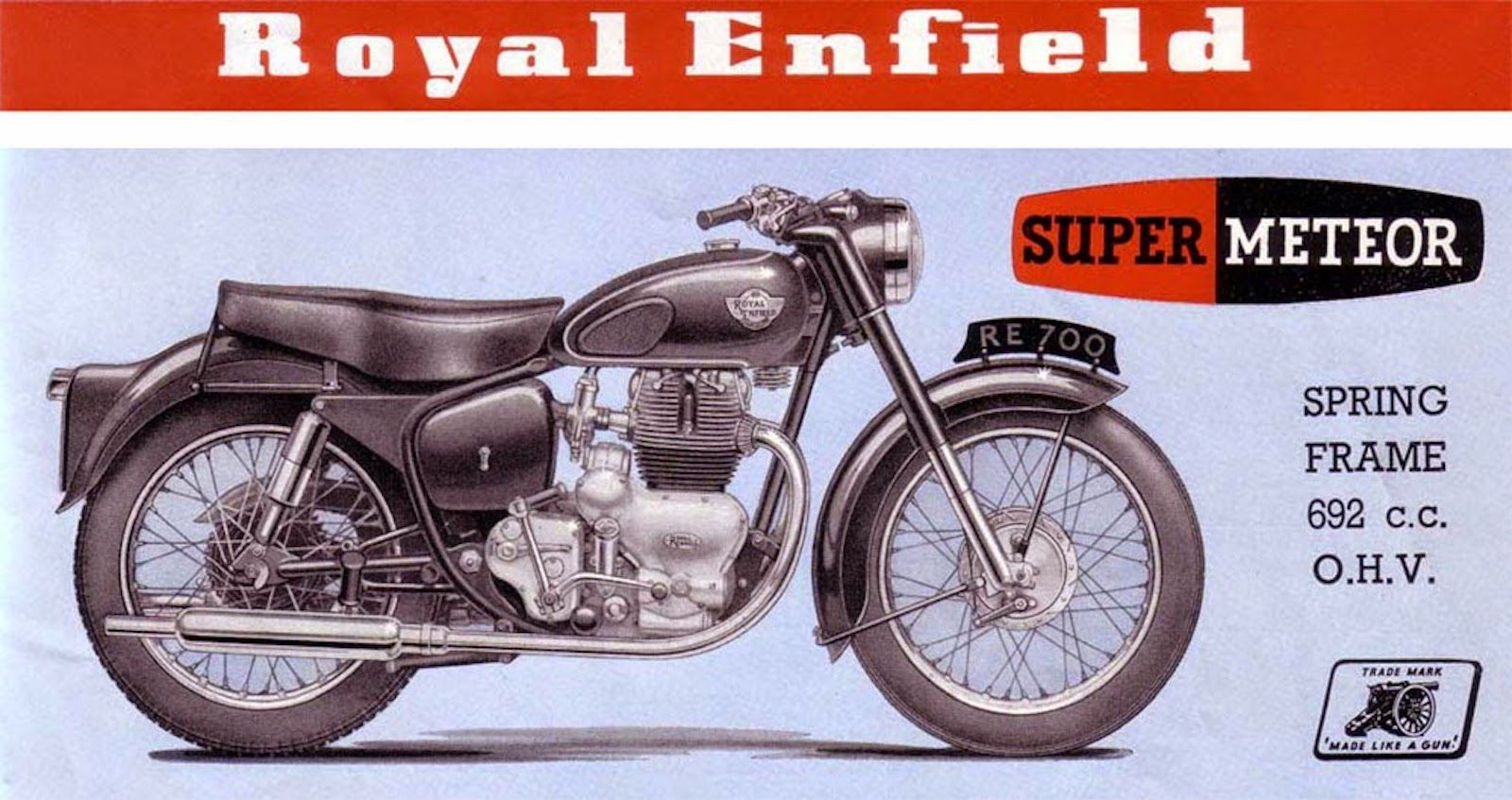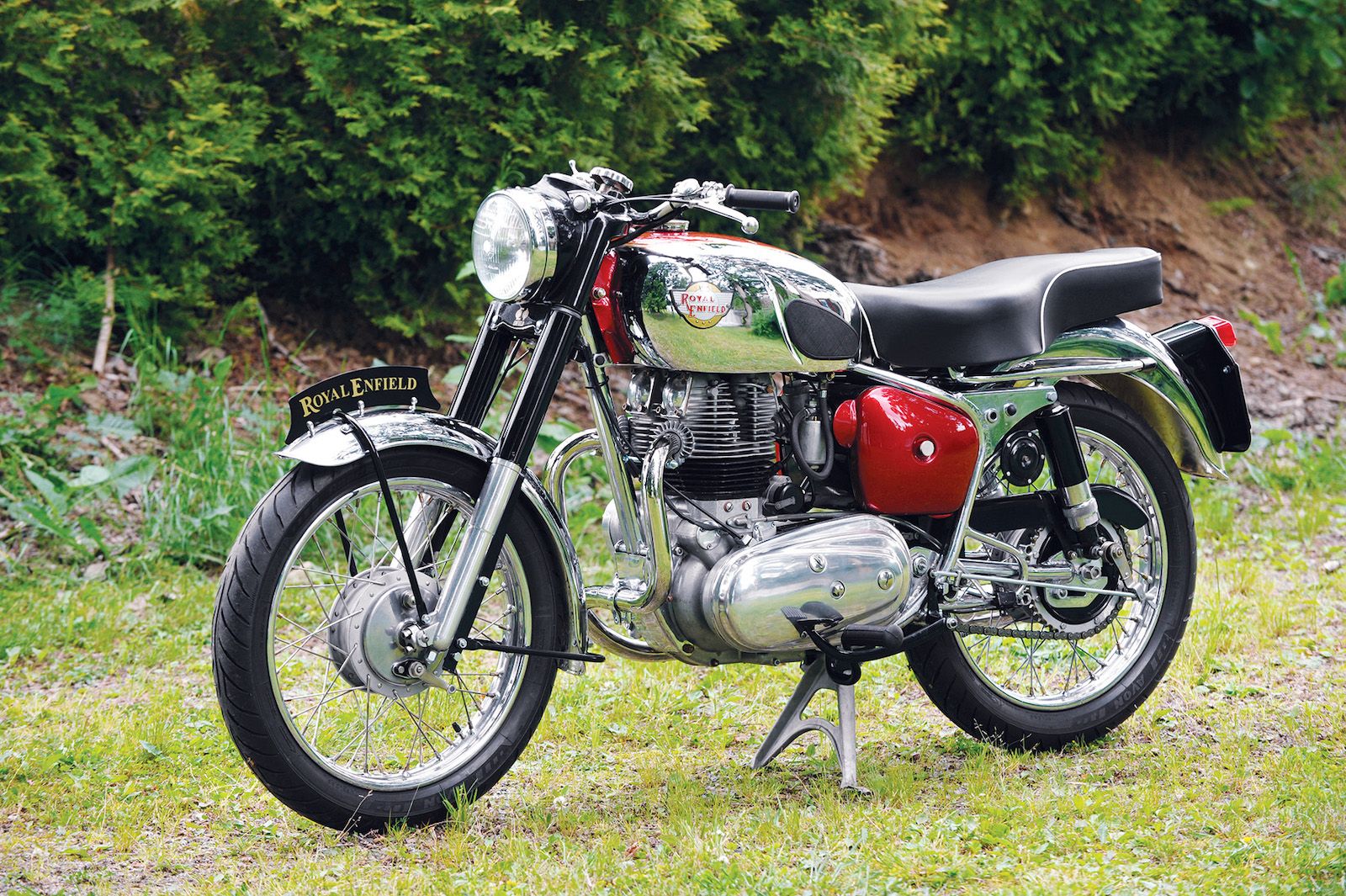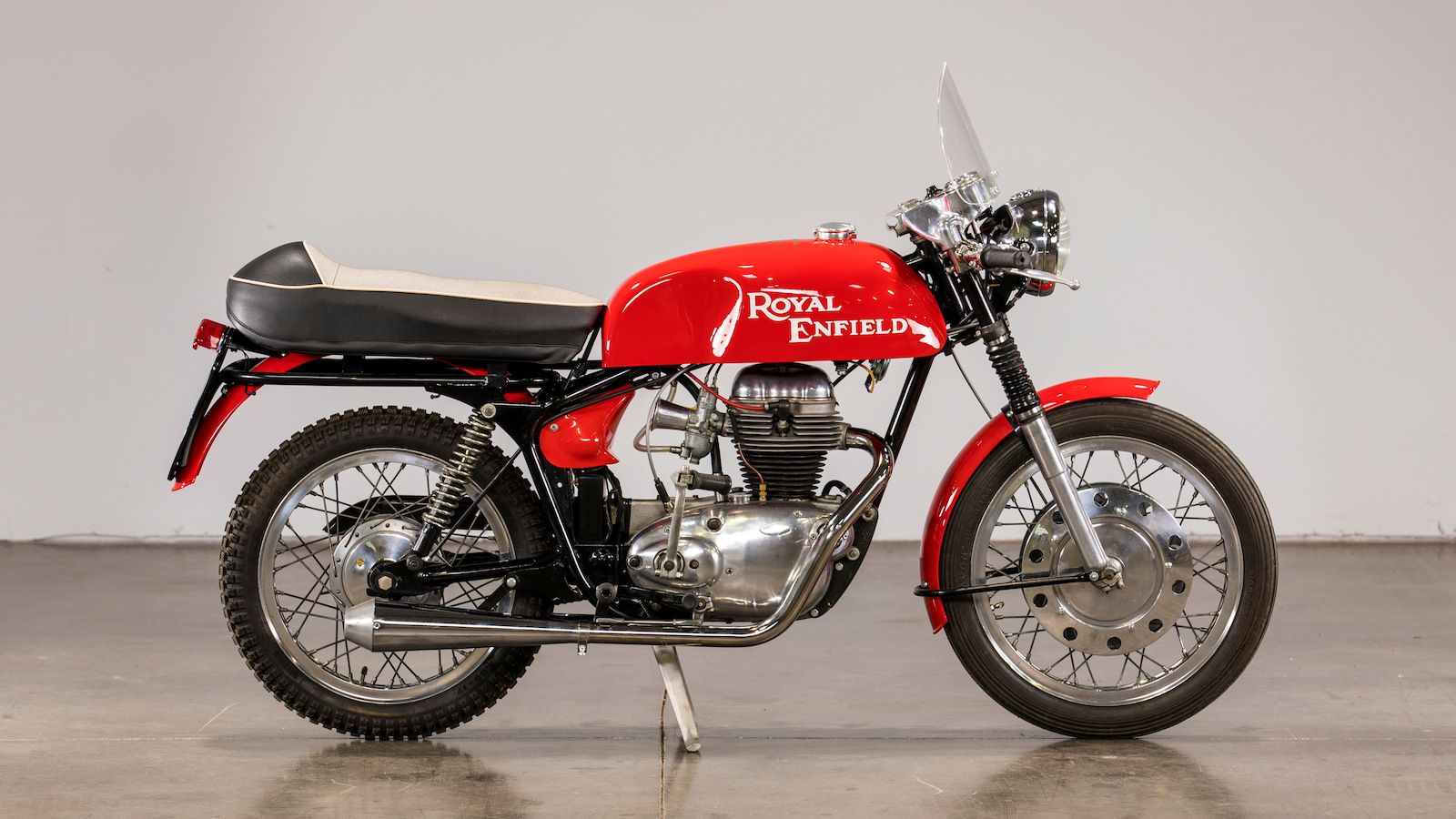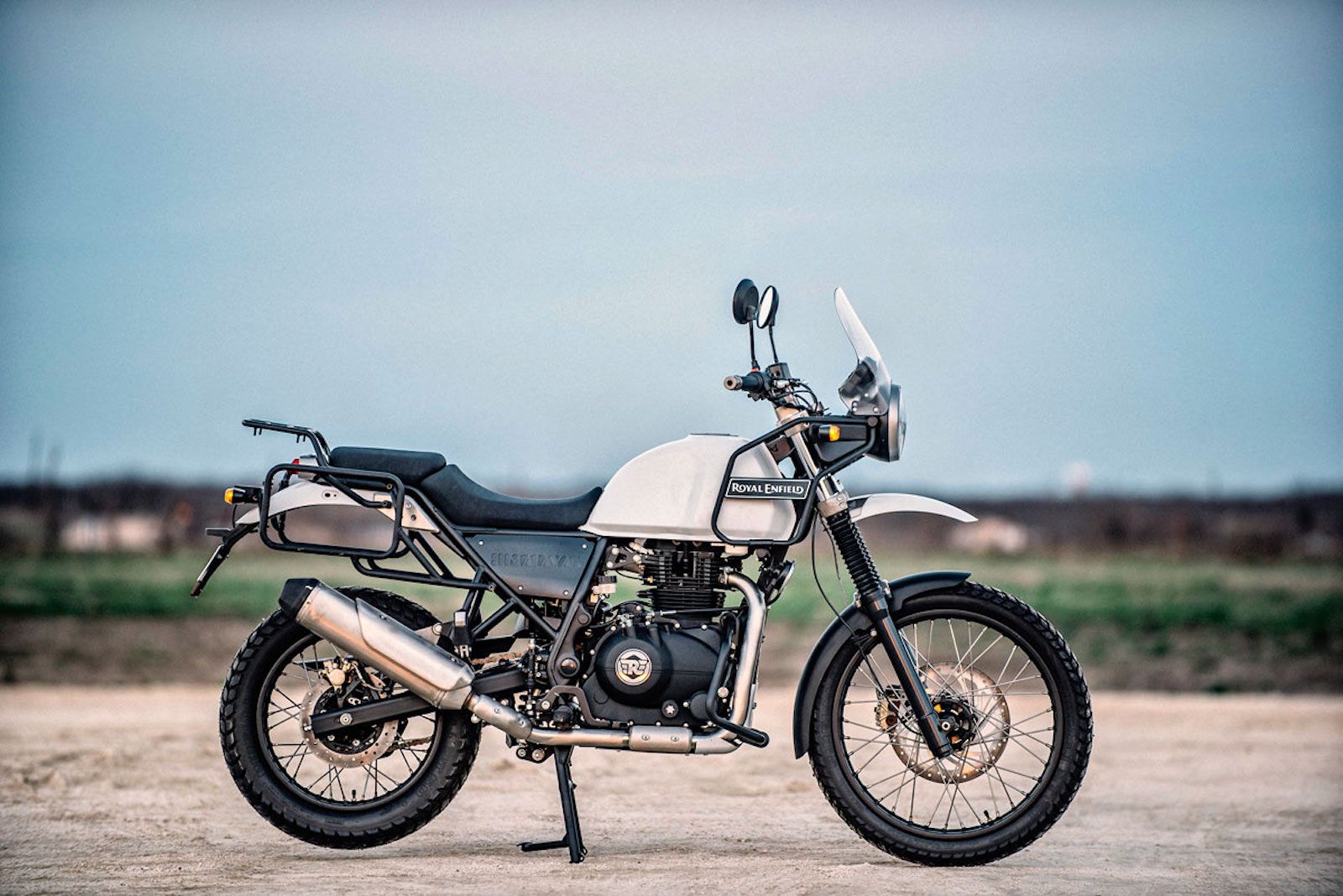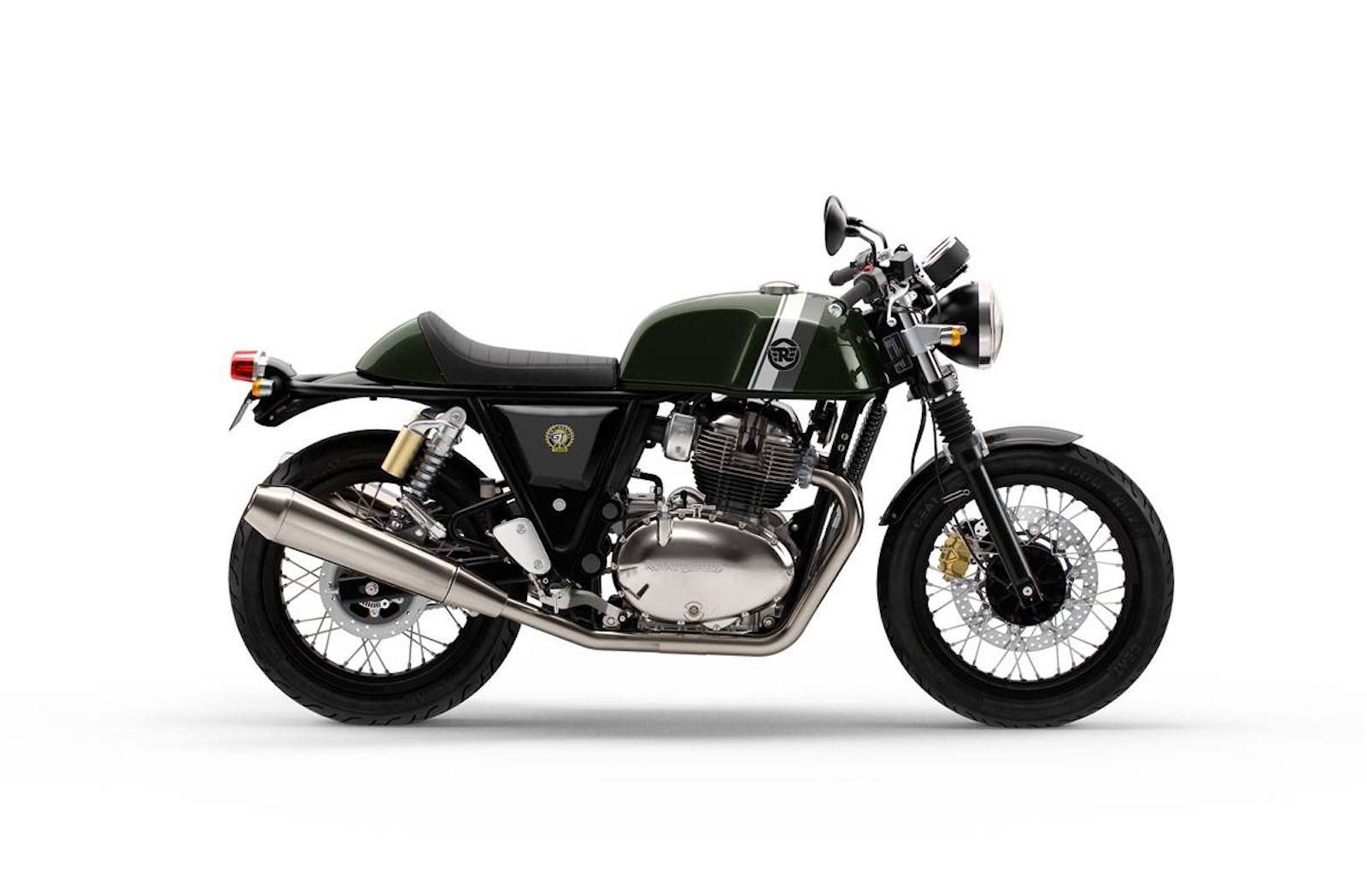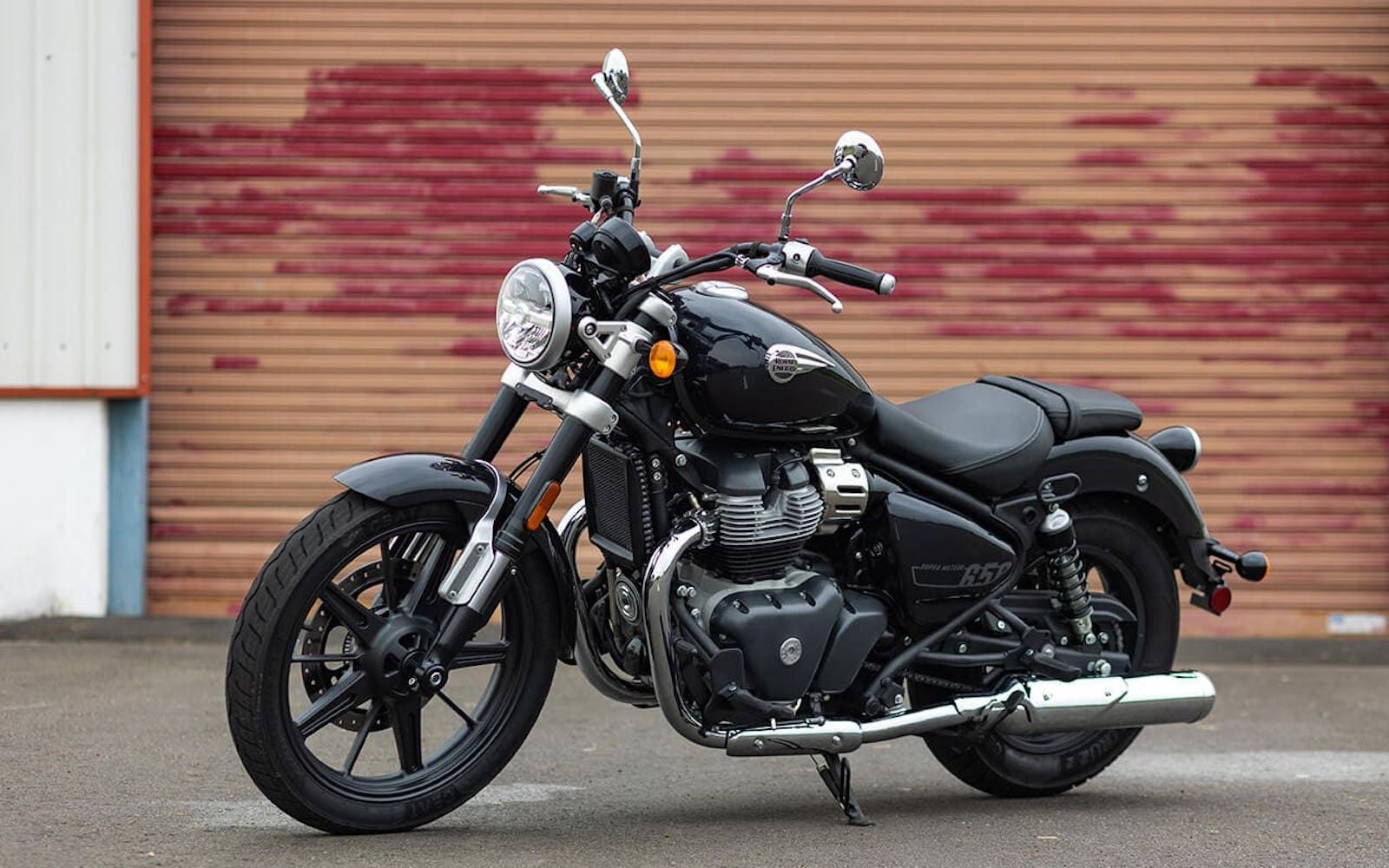Say 'Royal Enfield' to any motorcycle enthusiast, and they will inevitably mention the Bullet, the motorcycle that has the longest unchanged production run of any motorcycle having remained continuously in production since 1948. But the story of Royal Enfield is much more than the story of one model and the company, which produced its first motorcycle in 1901, played as important a role in the story of the British motorcycle as rivals Triumph, BSA or Norton.
The company has its roots in light engineering from 1851, bicycle manufacture in 1886 and precision parts for firearms from the 1890s. The connection with India started in 1955, Madras Motors assembling the 350cc Bullet from components shipped from England. By 1962, Madras Motors was building Bullets from scratch, including manufacturing all parts, and when the Royal Enfield factory closed in 1967, Enfield India continued producing the Bullet and still does so to this day.
10 Royal Enfield V-Twin (1910)
In Europe, there were several manufacturers building V-Twin engines and one of these was Swiss firm Motosacoche. Royal Enfield bought 297cc versions of their V-Twin to fit into its frames, but these proved to be rather underpowered so a 770cc, J.A.P. V-Twin engine was sourced for the Model 180 in 1912 and this was powerful enough to pull a sidecar, an important role for motorcycles in the early days as they were seen as a means of transport, and not a frivolous pastime or hobby.
By 1913, Royal Enfield was manufacturing its own 425cc V-Twin engine, and it would be this motorcycle that would ensure prosperity for the company when it received large orders from the British War Department during the First World War. Often, machine gun-carrying sidecars were also supplied with the motorcycles.
9 Royal Enfield Standard (1925)
We doubt that any manufacturer would dare to call a new model the ‘Standard’ today, but in the 20s, it was an acceptable name, implying solidity and simplicity, both desirable traits at that time. With a 350cc, two-stroke, single-cylinder engine developing 2.75 horsepower, the Standard was no speed machine, but it was reliable and well-equipped, featuring drum brakes front and rear, a new design of front fork and even turn signals. As a motorcycle, it is unremarkable but important for being the type of machine that gave Royal Enfield a good reputation in the market and established a solid foundation upon which the company would build in later years.
8 Royal Enfield Bullet (1948)
The Bullet name has been applied to Royal Enfield models since 1932, but it is the model from 1948 that is the one we know and love today. The 1931 - 1947 models had an inclined engine and rigid rear end, in common with all motorcycles of the time. The 1948 Bullet was all-new, with an upright engine and a swing-arm frame, which allowed the adoption of a dual seat.
Another innovation was the ‘neutral-finder’ lever on the transmission that enabled the rider to skip straight to neutral, no matter which gear it was in. RE copied Triumph’s ‘nacelle,’ enclosing the headlight and speedometer, giving a much cleaner appearance. Engine capacity was first 350cc, to be joined by a 500cc version a year later. In 1949, the Indian Army ordered Royal Enfield Bullets and the company decided to open a factory in Madras, India, to assemble them. This is the model that is still, with modern technology incorporated, being built today.
7 Royal Enfield Meteor/Super Meteor/Constellation (1949 - 1967)
In 1949, Royal Enfield’s parallel twin engine appeared, which incidentally, shows the advantage Triumph had gained by releasing its parallel twin engine 11 years earlier, before the war. As with the Triumph, displacement was initially 500cc, rising later to 700cc, and the models offered good performance (the Meteor 500 was RE’s first 100mph model) at modest cost.
They were a sales success, being well-made and attractive, if not a little heavy and had a rather anonymous reputation among heavy-hitters Triumph, Norton and BSA. The Royal Enfield Constellation with the 700cc engine, has been described by many sources as being the first ‘superbike,’ even if that is a far cry from what we recognize as being a superbike today.
6 Royal Enfield Interceptor (1961 - 1967)
While Royal Enfield, like every other British manufacturer, had copied Triumph’s parallel twin, RE went further, sooner than its rivals by making its top-of-the-range Interceptor first 692cc, and a couple of years later, 736cc, when everyone else was stuck on 650cc. This gave the Interceptor a performance edge which was important for the American market which was, in turn, vitally important for the British manufacturers.
Even though the Interceptor was well-made, good-looking, and had excellent performance, the factory couldn’t keep up with demand from the U.S. and attempts to do so accelerated the demise of the British arm of the company, although as we know, Royal Enfield India continued.
5 Royal Enfield Continental GT (1965)
In the 60s, the café racer craze was starting to take hold in British motorcycling culture. These were motorcycles modified by their owners to resemble racing motorcycles of the time, complete with clip-on handlebars, rearset foot controls and a single seat. Royal Enfield was the only manufacturer to produce a factory café racer model when it announced the Continental GT.
The engine size was 250cc, which was important for the UK market as a learner could ride a bike with an engine of up to 250cc before passing the riding test. The Continental GT came with all the right bits - clip-ons, rearsets, a swept back exhaust pipe and humped seat - and the 21 horsepower single-cylinder engine might not have been able to do the ‘ton’ (100mph) but the bike looked as if it was going fast even when standing still.
4 Royal Enfield Himalayan (2018 - onwards)
Into the 2000s and Royal Enfield is starting to look beyond the Bullet, which is still selling in huge numbers, not only in India but around the world, thanks to the new ‘modern classic’ or ‘retro’ craze. The fastest-growing motorcycling segment is the adventure bike and Royal Enfield realizes that it is in the perfect position to build a rugged yet simple adventure bike based around its new 411cc, 25 horsepower single-cylinder engine.
It arrived at just the right time, with increasing backlash aimed at manufacturers for their large, heavy and expensive adventure models, such as the BMW R 1250 GS and KTM 1290 Super Adventure. Well-equipped, with protection for rider and bike, the Himalayan is also excellent value for money while losing nothing in ability to bikes costing three times as much. Not just a good entry-level adventure bike, but a great adventure bike in its own right.
3 Royal Enfield Continental GT 650 (2019)
With the company fully embracing the model classic movement and looking to move away from its one-model past, it was time for RE to resurrect model names from the past to satisfy the lust for all things nostalgic in motorcycle. An obvious name to bring back was the Continental GT, although this time it would be powered by RE’s brand new 650cc parallel twin engine, while retaining the ‘factory café racer’ look as initiated by the original Continental GT of 1965 (see above).
Like all Royal Enfields, it is a simple yet refined motorcycle that has decent performance without fireworks, and if it lacks the ergonomics suitable for long days in the saddle, as a bike to simply get out on and enjoy the ride for a few hours, there is very little that can touch it. If you want something with a little more all-day comfort, the Interceptor 650 has you covered.
2 Royal Enfield Scram 411 (2022)
Obviously derived from the Himalayan, the Scram 411 is much more road-orientated, with the use of a 19-inch front wheel in place of the Himalayan’s 21-inch item. This gives much sharper road handling which is only let down by the budget suspension. A meager 24 horsepower from the single-cylinder engine might not sound like much, but there are a lot of people who don’t need anything more and, at the price, there is nothing to touch the Scram, while it remains an entertaining bike to ride with good comfort for longer days in the saddle.
If the performance is lacking, then at least it matches the Scam’s easy-going nature, while the overall simplicity of the bike should mean fewer worries of unreliability. Most importantly, however, the existence of the Scram and the Himalayan shows a company that is willing to move away from its one-model thinking that characterized the company for so long and to realize the brand name’s value.
1 Royal Enfield Super Meteor 650 (2023)
Royal Enfield has obviously been taking a long, hard look at Triumph, which has spun the Bonneville model off into several different styles, while retaining the basic architecture. The 650cc twin-cylinder engine, launched in 2018, was the perfect platform upon which to build a multimodel range and the Super Meteor 650 - another resurrected name - is RE’s cruiser or bobber model, depending on your interpretation of the design.
The engine is a fully-stressed component of the chassis, developed jointly by Royal Enfield and famed chassis designers Harris Performance. Showa suspension is fitted front and rear, while Brembo subsidiary ByBre provides the braking, just about adequate with the single front disc. The riding position is relaxed, the quality up there with the best and the style is attractive. As with all Royal Enfields, the price is one of the most attractive things about it.

